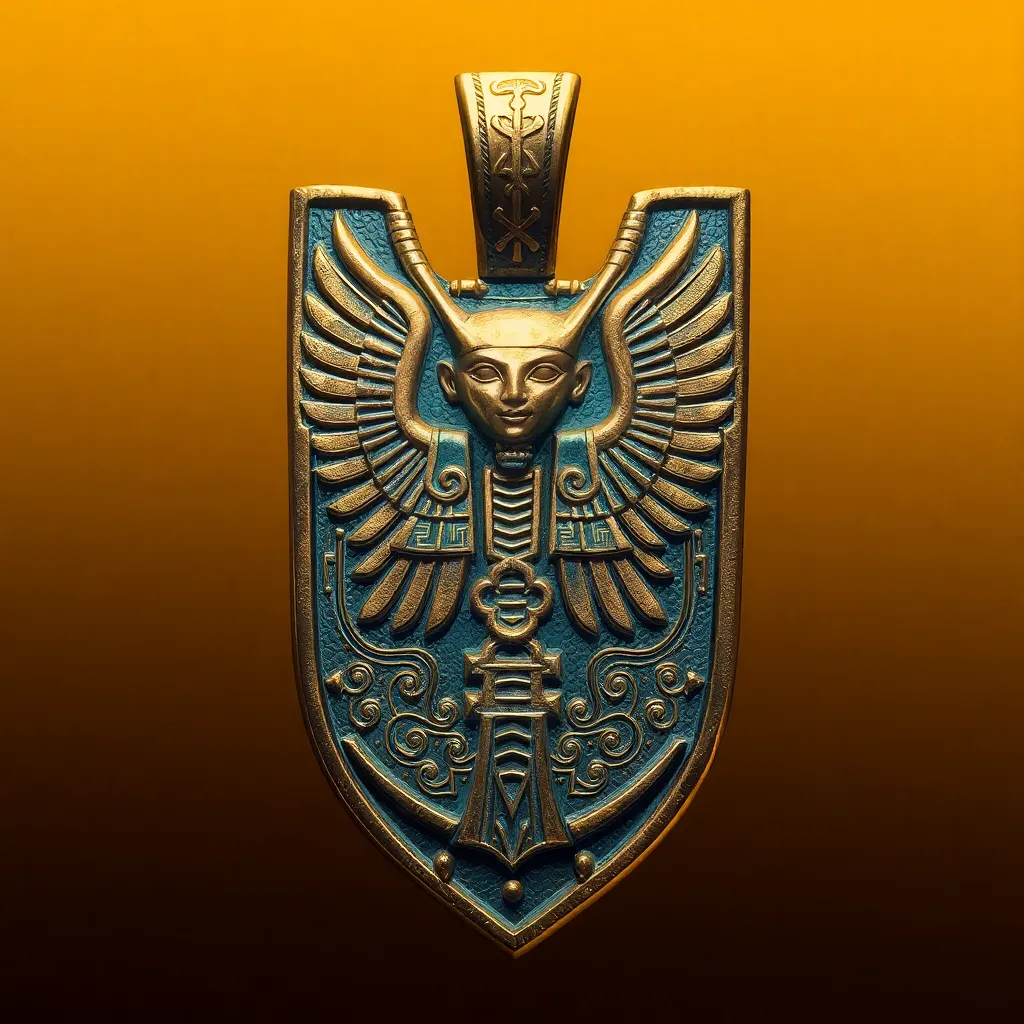The Amulet of Amun: King of the Gods and Protector
I. Introduction
The Amulet of Amun is one of the most revered symbols in Ancient Egyptian culture, representing the divine essence of Amun, the king of the gods. This article delves into its historical significance, symbolic meanings, and its enduring legacy in both ancient and modern contexts.
In Ancient Egypt, amulets were not just decorative items; they were considered powerful talismans believed to possess protective qualities. The Amulet of Amun held a special place in the hearts of the Egyptians, serving as a connection to the divine and a source of strength.
Through this exploration, we aim to uncover the depth of Amun’s significance and the role his amulet played in the spiritual and everyday lives of the ancient Egyptians.
II. Historical Context of Amun
Amun’s origins can be traced back to the early dynastic period of Egypt, where he began as a local deity of Thebes. Over time, Amun evolved into a major god, eventually being merged with the sun god Ra to become Amun-Ra, symbolizing the union of power and creation.
In the Egyptian pantheon, Amun was revered as the creator god and the god of air, embodying both mystery and strength. As the god of kingship, he played a crucial role in legitimizing the pharaoh’s rule, often depicted in royal iconography.
Amun’s association with kingship and power was further emphasized during the New Kingdom, where he was honored with grand temples, most notably the Karnak Temple, which became a center of worship and pilgrimage.
III. The Symbolism of the Amulet of Amun
The Amulet of Amun was crafted from various materials, including gold, faience, and semi-precious stones, each chosen for its symbolic significance. The design often featured Amun in his iconic human form or as a ram, representing strength and fertility.
- Gold: Symbolized eternity and the divine.
- Faience: Represented resurrection and rebirth.
- Semi-precious stones: Often associated with protection and healing.
The symbolic meanings associated with Amun include:
- Divine protection
- Royal power
- Spiritual guidance
These meanings underscored the amulet’s protective qualities, believed to shield the wearer from harm and misfortune.
IV. The Amulet as a Religious Artifact
The Amulet of Amun played a significant role in various rituals and ceremonies throughout ancient Egyptian society. Priests would often wear the amulet during religious ceremonies to invoke Amun’s blessings.
In funerary practices, the amulet was included with the deceased to ensure safe passage to the afterlife and protection against malevolent forces. This practice highlighted the amulet’s connection to the afterlife, serving as a spiritual safeguard for the soul.
Through its use in rituals and as a funerary item, the amulet reinforced the belief in divine protection and the importance of Amun in the journey beyond death.
V. The Amulet in Ancient Egyptian Society
The significance of the Amulet of Amun extended beyond the elite classes to the common people of ancient Egypt. Pharaohs and nobility wore the amulet to symbolize their divine right to rule and to invoke Amun’s protection over their reign.
For common people, the amulet served as a personal talisman, believed to bring blessings and protection in daily life. It was not uncommon for families to pass down Amun amulets through generations, reflecting their enduring belief in Amun’s power.
The trade and craftsmanship of Amun amulets flourished, with skilled artisans creating intricate designs that appealed to both the elite and the masses.
VI. The Amulet of Amun in Modern Culture
In contemporary society, the Amulet of Amun has seen a resurgence in interest, particularly in the realms of art, literature, and popular media. The rediscovery of ancient Egyptian artifacts has led to a renewed fascination with the symbolism of Amun.
The amulet often appears in modern interpretations of ancient mythology, inspiring artists and writers alike. It serves as a powerful symbol of protection and divine strength, resonating with themes of resilience and spirituality.
Many people today wear replicas of the Amulet of Amun as a form of spiritual jewelry, connecting with the ancient beliefs and practices that it represents.
VII. Archaeological Discoveries
Significant archaeological finds related to Amun amulets have shed light on their historical context and usage. Excavations in places like Thebes and Karnak have uncovered numerous amulets, providing invaluable insights into their craftsmanship and the beliefs surrounding them.
These discoveries have revealed the diverse materials used in amulet creation and the intricate designs that reflect the artistic skills of the time. Moreover, they offer a glimpse into the spiritual and social dynamics of ancient Egyptian society.
Preservation and study of Amun artifacts continue to be crucial for understanding the complexities of ancient Egyptian religion and culture, as scholars work to decode the messages and meanings embedded in these ancient objects.
VIII. Conclusion
The Amulet of Amun holds a profound historical and cultural significance, representing the divine protection and power of one of Egypt’s most important deities. Its enduring legacy speaks to the deep spiritual beliefs of the ancient Egyptians and their connection to the divine.
As we reflect on Amun’s influence, we recognize that the amulet transcends time, continuing to inspire and protect those who seek its power in the modern world. The Amulet of Amun serves as a reminder of humanity’s quest for strength and guidance from the divine, a theme that remains relevant today.




